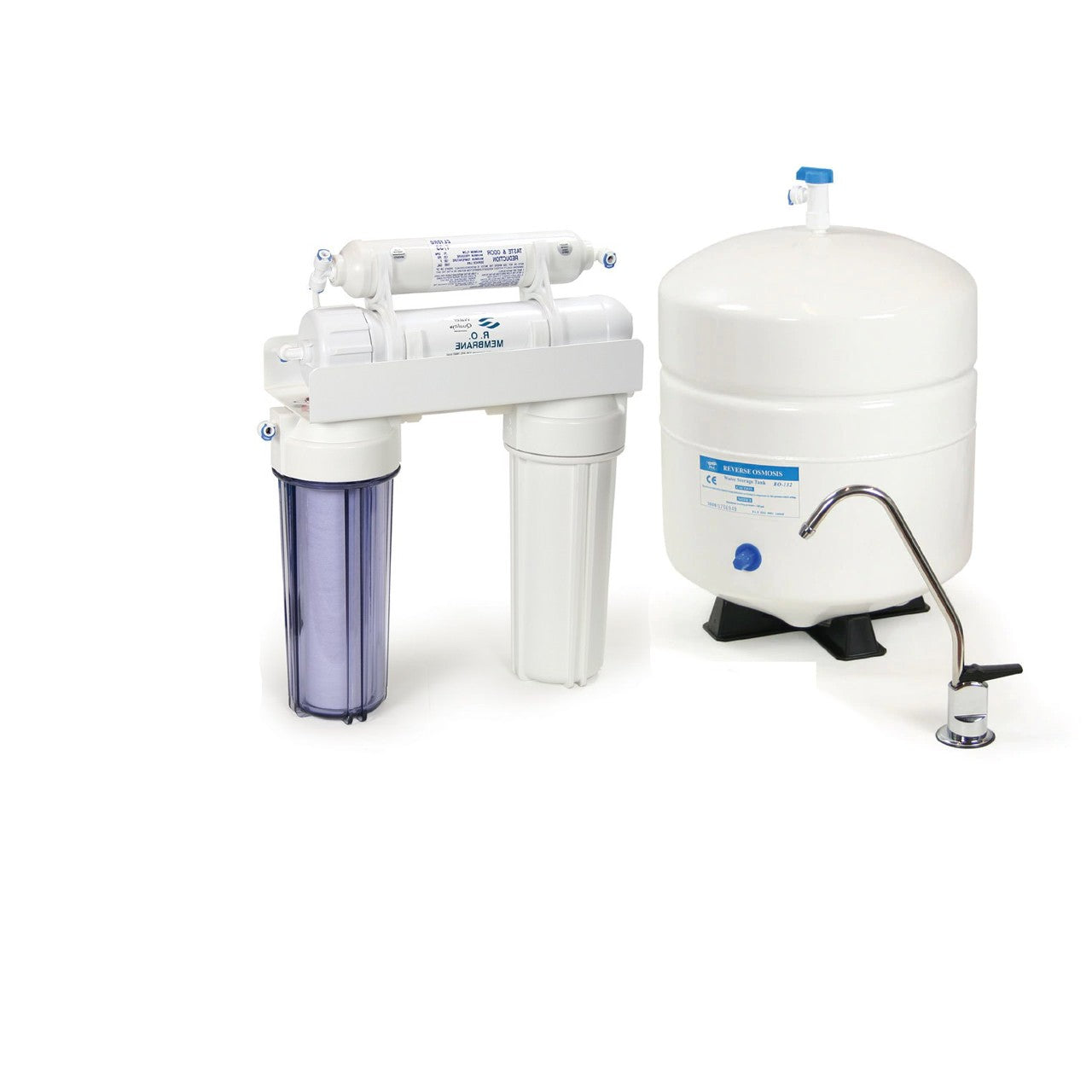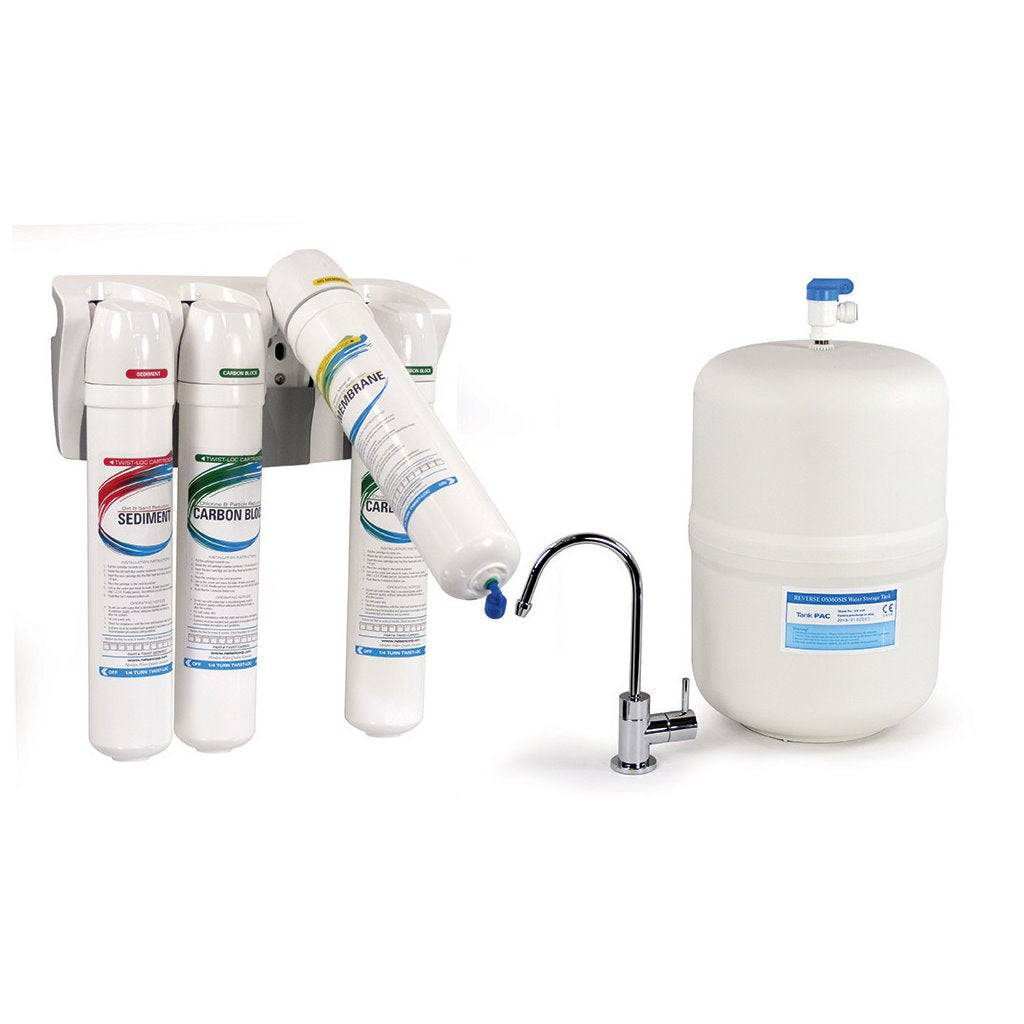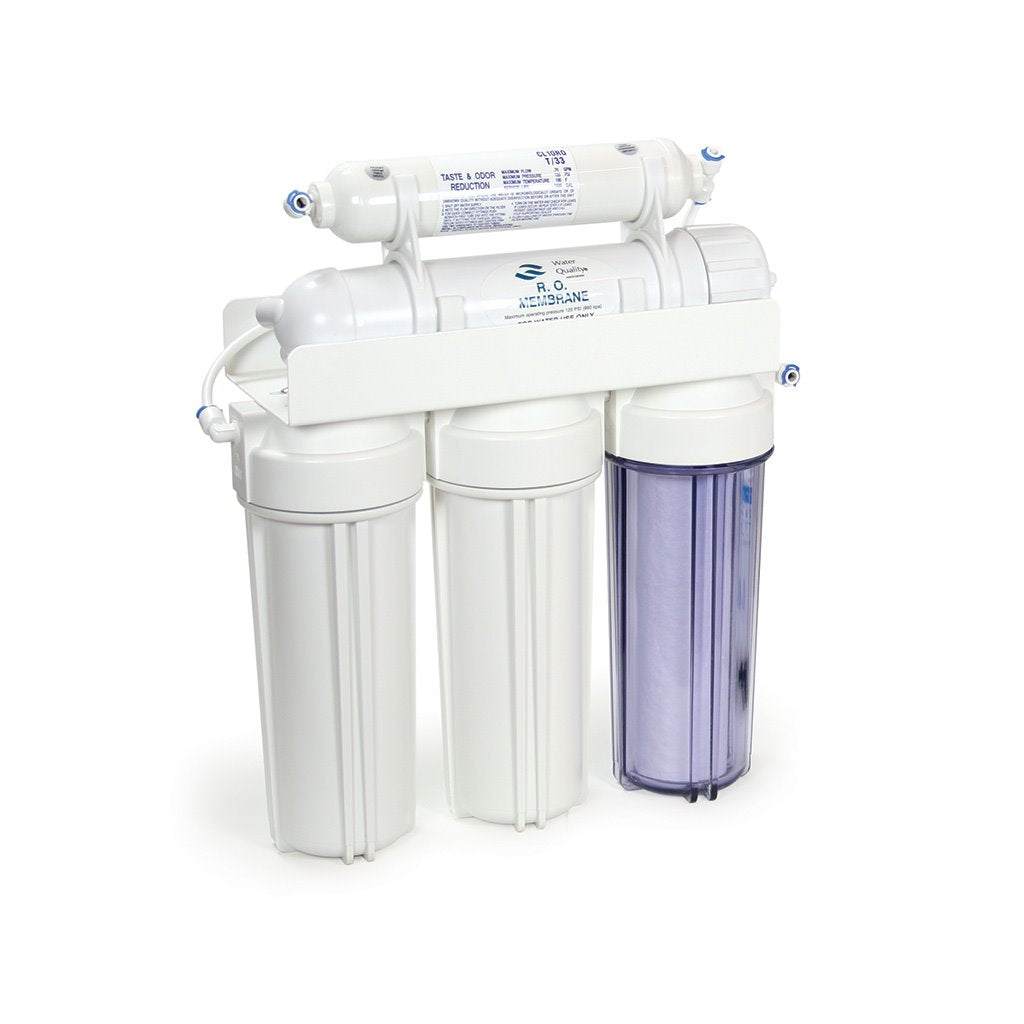Product Overview

Filtersmart
4-Stage 50GPD Reverse Osmosis System
4-Stage 50GPD Reverse Osmosis System
Regular price
$479.00
$479.00
$598.00
Unit price
per




